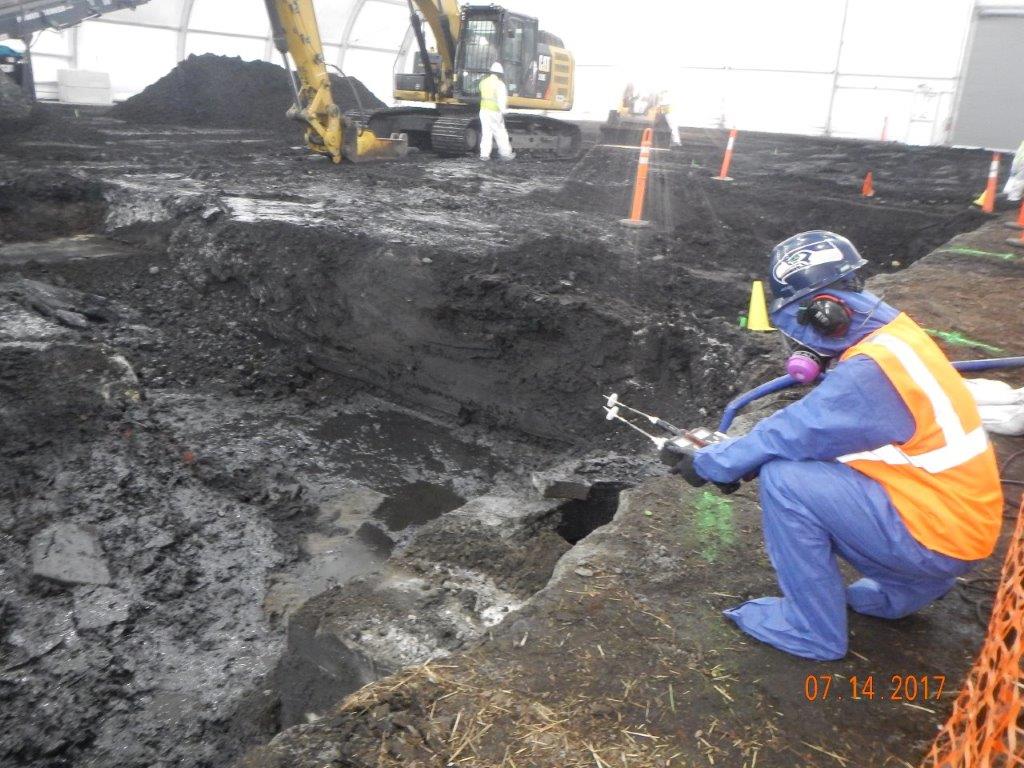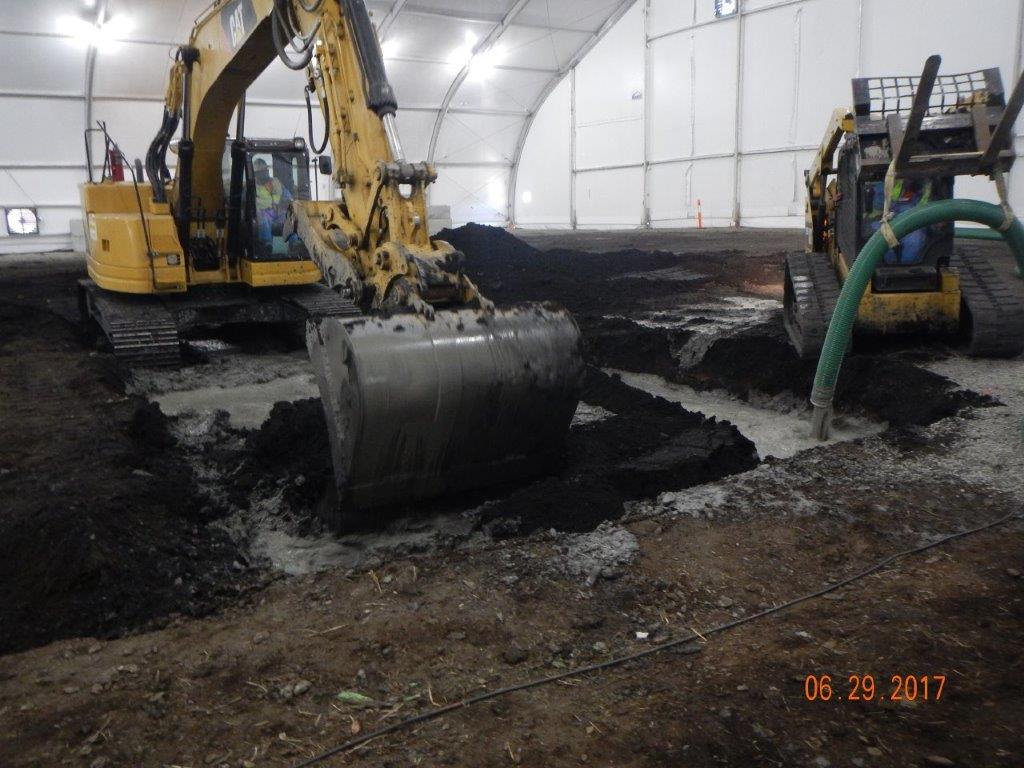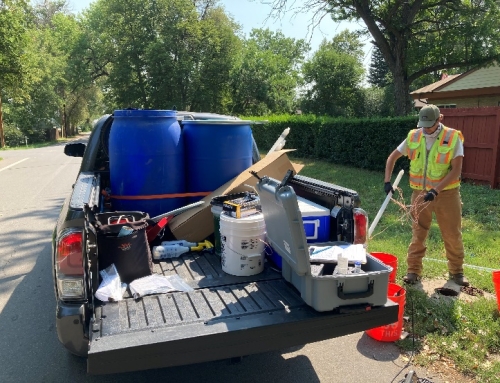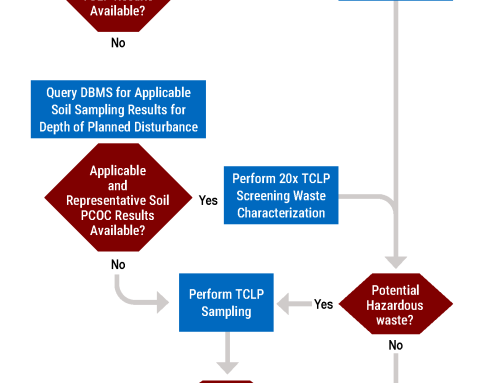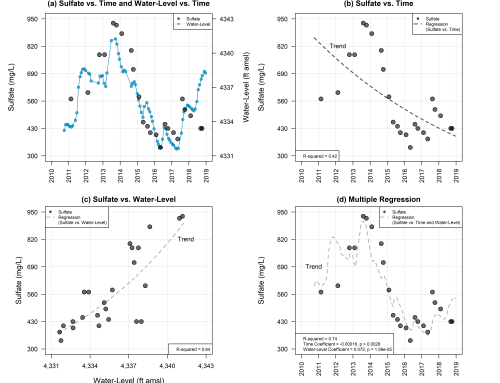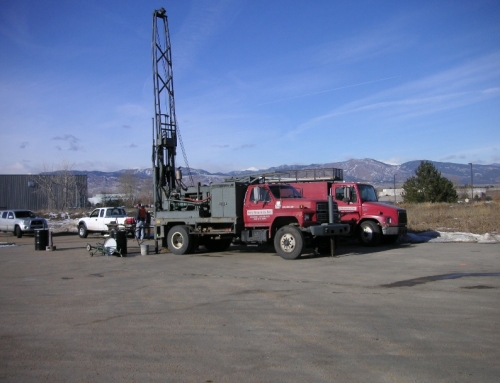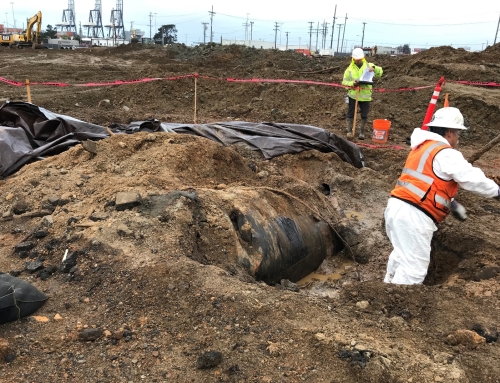SSP&A acted as the owner’s representative for PG&E, providing field oversight for a nine-month remediation project adjacent to Humboldt Bay. The project involved in-situ treatment of 14,000 cubic yards of manufactured gas plant (MGP)-impacted soil.
Excavation was performed inside a large tent (130 feet x 270 feet x 49 feet high) to contain odors generated from excavation and soil screening operations. The containment tent was disassembled at completion of the first phase of remediation and subsequently moved and reassembled for the second phase. The tent was fitted with five vacuum/blower units each moving 2,000 cubic feet per minute through large granulated activated carbon filters.
Odor control measures were implemented inside the tent during excavation, screening, and treatment of soils and when performing excavation, soil handling, and loading of impacted waste materials outside of tents. Excavation of MGP-impacted soil included removal and management of abandoned utilities, exposure and removal of buried concrete structures, and cutting and capping of wood and concrete piles.
In-situ treatment of soil in grid cells was implemented by mixing soil with a reagent slurry of Portland cement and iron slag. Treatment of shallow impacted soil to a depth of approximately 6 feet below ground surface (bgs) was performed by bucket mixing. Deeper impacted soil was treated using a hollow-stem single-auger rig injecting and mixing reagent slurry to a depth of 23 feet bgs.
Following completion of soil treatment and tent removal, treated soil and import subbase material were graded and compacted. Prior to final grading, wet subbase material was stabilized by mixing Portland cement into the subbase with a specialized mixing rig. The 2-acre site area was capped with a 6-inch hot-mix asphalt pavement.


